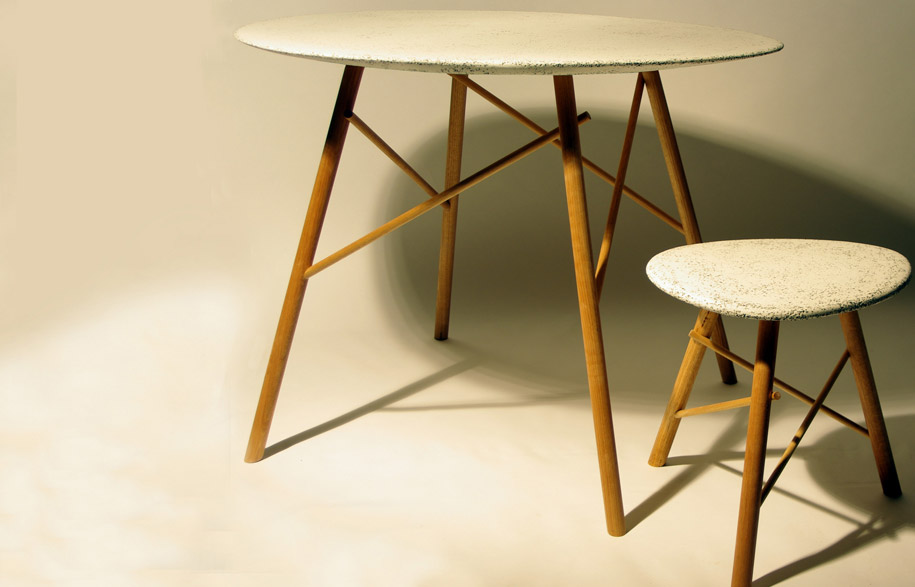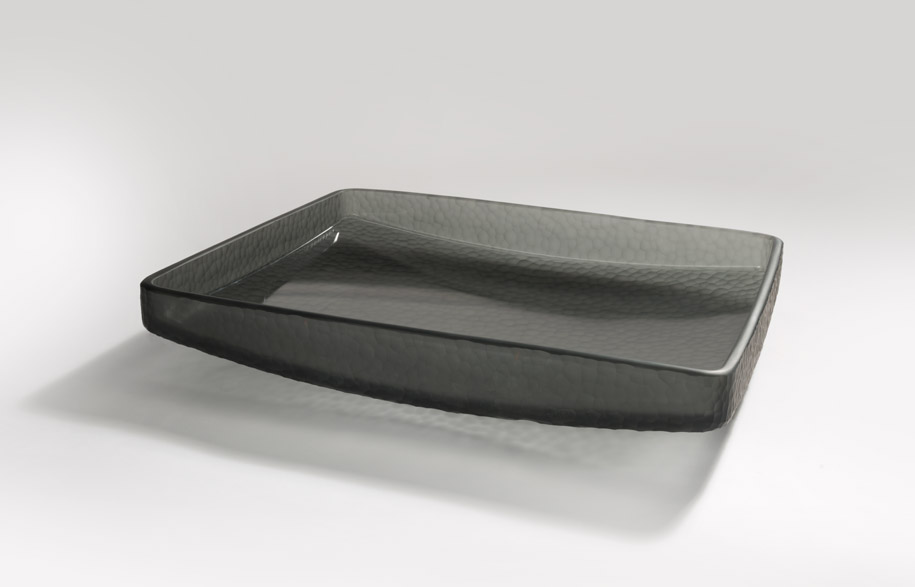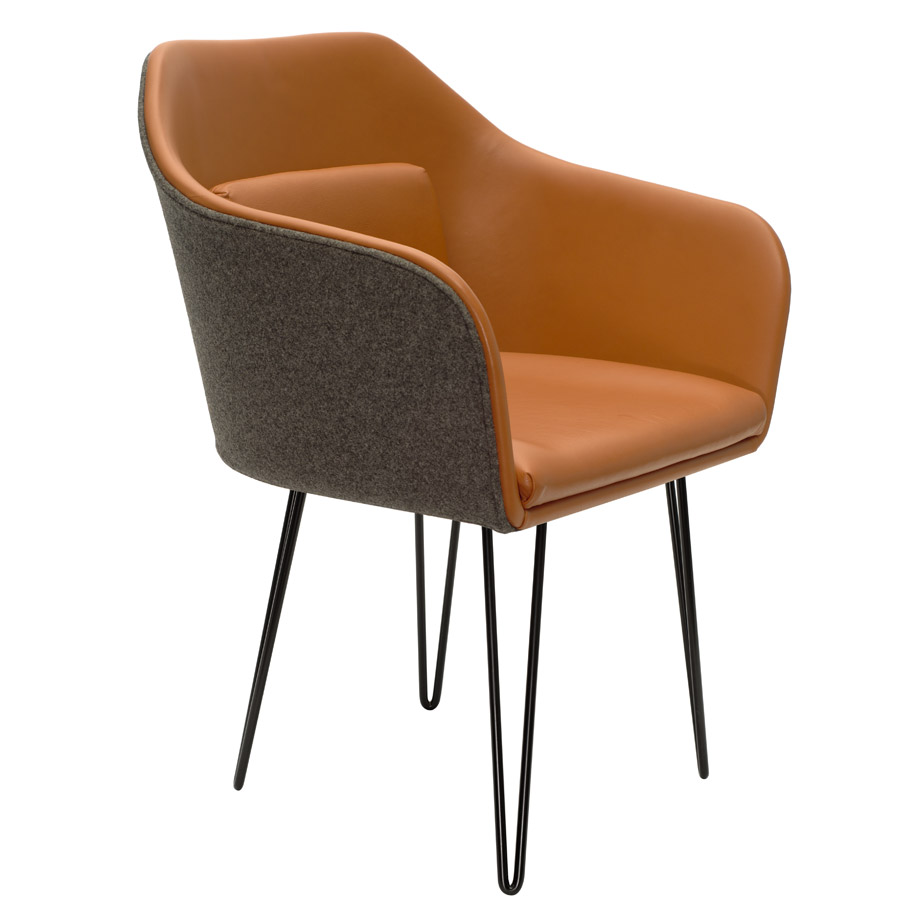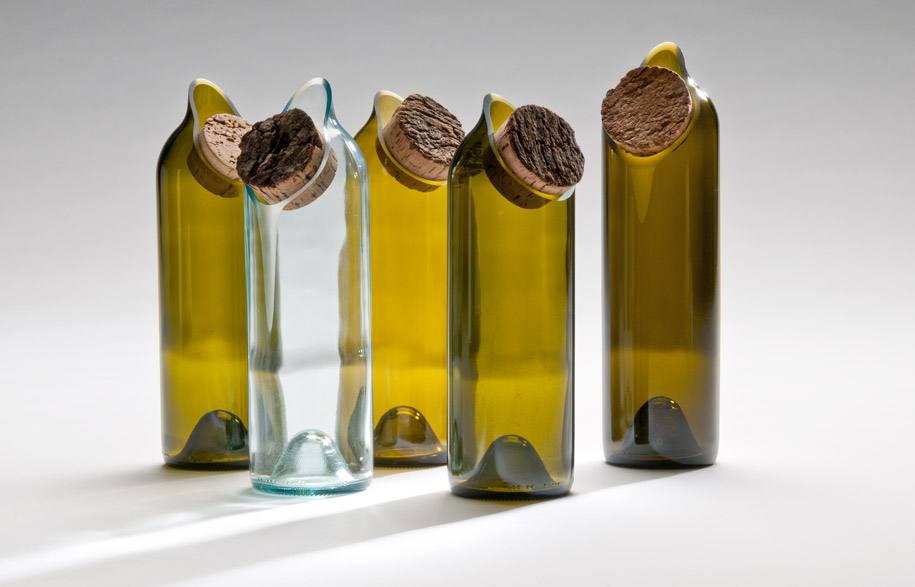Thanks to our obsessive nature to keep up with the latest gadget, hottest fitout or in-trend product, mass production enabled by evolving technologies has strengthened, and throw-away attitudes have infiltrated the minds of consumers. However, the incentive to uphold vows of sustainability has also strengthened, and designers have taken steps to reduce their ecological footprint by designing and manufacturing products that have minimal environmental impacts and will stand the test of time. Sustainability and ethical design has also become the aspiration of many consumers who are now looking to buy more environmentally produced products from the Australian design industry.
Catapult Design co-founder, Leigh Johnson says that recently, he has seen a couple of notable shifts in design that have been embraced by the general public, as well as people holding larger companies to account. “These include the use of inherently sustainable or responsibly farmed materials in the creation of products (such as bamboo), the minimisation of waste, the reduction of designed obsolescence (and by extension the increase in designing products to last), and the incorporation of sustainable practices into the manufacture of products, such as renewable energy sources or upcycled or recycled elements.”
Catapult sources, and also designs, genuine design products that are generally locally made to reduce its carbon footprint, and are designed to last for a long time. “It’s quite difficult to accurately quantify many of these, and an inability to broadly track cradle to grave is difficult, so it becomes much more about mindfulness for a company such as ours,” explains Catapult co-founder, Aaron Zorzo. “In addition many of our designs are actively trying to minimise waste, such as using spun aluminium or 3D printing technologies.”

Catapult has successfully incorporated recycled and sustainably-sourced elements into many of products in their collection. Their own Marble Sharkys are selected offcuts of marble from marble yard, while the recycled rubber elements in the Sticks and Stones table and stool, by Ash Allen, both also make use of scrap material.
The Hunter armchair from the Catapult Signature Collection is one of the foundation pieces of their collection, and is also one of Catapult’s most popular. “What many may not realise is that the shell of the seat is made from recycled e-waste, in Melbourne, before being finished in Sydney,” says Aaron. “So while it is plastic, it is reducing waste in landfill, and the local manufacture keeps the carbon footprint down. At the same time, despite being competitively priced, it is actually designed to last — an attempt to bring quality manufacture into every home that will not end up as disposable, out-of-fashion items in a couple of years.”

In addition to their own range, Catapult strives to source designers who are doing their part to minimise their environmental impact. Dr Spinner, a pendant designed and manufactured in Australia by Dowel Jones, is made from raw spun copper or aluminium in order to reduce material waste, and Ben-Tovim Design’s Boo range of tables, chairs and stools are manufactured from bamboo, a sustainable wood source. Another example is Mo-En Design, who are actively seeking a sustainable, zero-waste studio to manufacture their glass products, many of which are formed from recycled and upcycled products.
After coming from Tasmania and non-urban areas of New South Wales, Leigh says that the environment has always been important to the Catapult founders as they’ve grown up surrounded by it. “We live on Dangar Island, surrounded by river and national park, and the last thing we want to be doing is continuing the problem,” explains Leigh. “So, in our small ways, we’re trying to give back, to help the industry and the market reduce its footprint, bit by bit. We’re not perfect, but we’re trying, and we will continue to try to make further improvements as we grow. At the end of the day, if everyone is a bit more mindful, we can make a big impact.”
Catapult
catapultdesign.net.au




